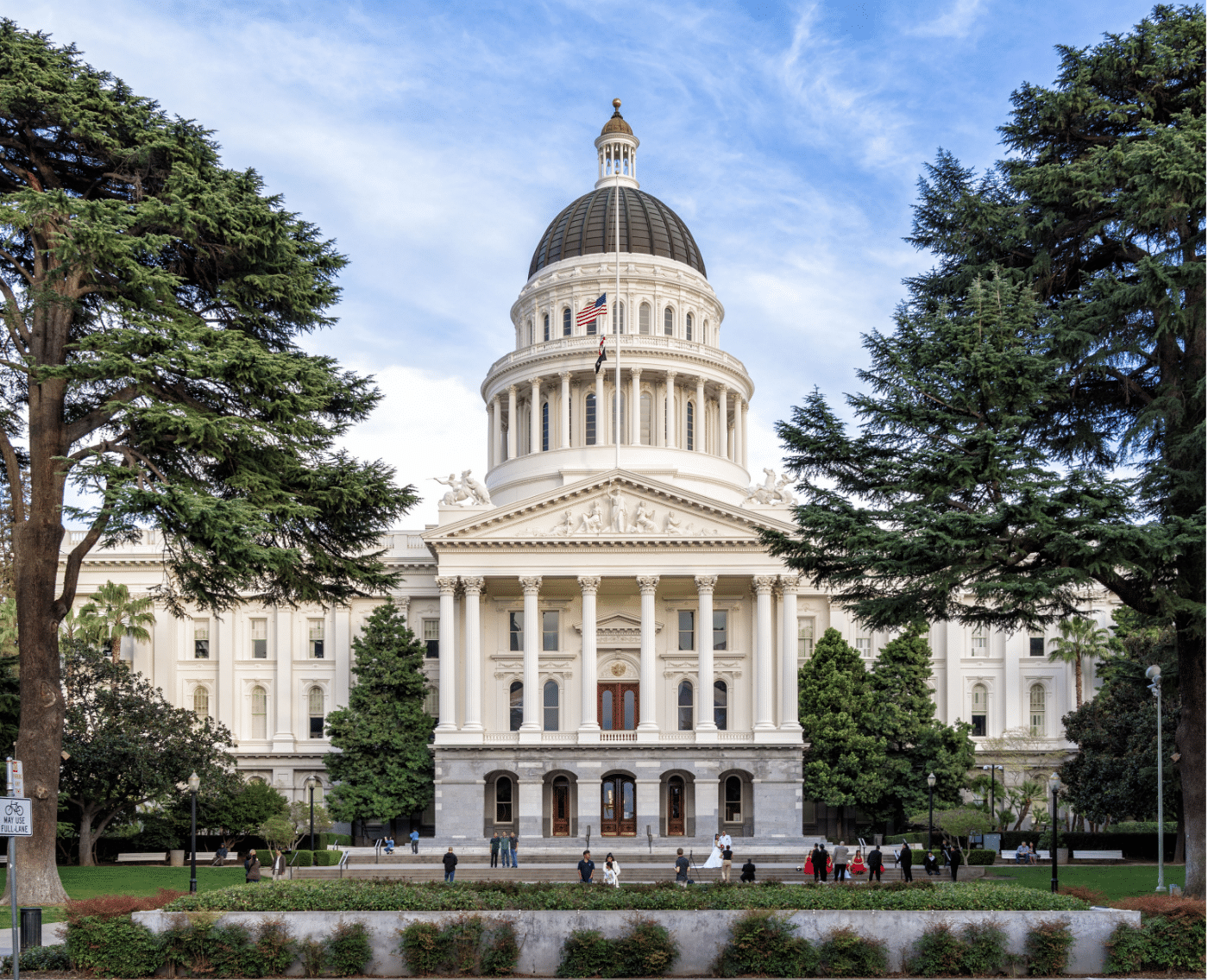California AADC ruling: a setback for child data protection
Yesterday’s decision by a district judge in California to pause the implementation of the Californian Age Appropriate Design Code is hugely disappointing for America’s children and all those who look to the US to ensure the accountability of tech companies headquartered on their soil.

Yesterday’s decision by a district judge in California to pause implementation of the Californian Age Appropriate Design Code is hugely disappointing for America’s children and all those who look to the US to ensure the accountability of tech companies headquartered on their soil.
The Age Appropriate Design Code provides a set of global best practice standards for children’s data protection, as established by the EU’s GDPR and the California Privacy Protection Act, among others. The Code presumes acceptance of the principles of data protection by design and default, and the fundamental rights of all children up to the age of 18 – including for their best interests to be prioritised as part of the exercise of balancing rights and interests – as established in the UN Convention on the Rights of the Child.
While Americans share in the global consensus that the digital environment was not designed for children and young people and that they are exposed to unacceptable levels of risk and harm, the primacy given to free speech over other rights and the very broad definition thereof, presents unique challenges to any form of regulation. Based on the interpretation of the First Amendment rights of companies set out in yesterday’s ruling by the Northern California district court, the Children’s Online Privacy Protection Act and all US data protection laws passed or under consideration as well as many others applicable to the digital space would likely be unconstitutional. This is thus a conversation America needs to have.
The California Age Appropriate Design Code does not undermine the ability for children to access content, as the code is content neutral and design focused. The CAADC requires companies to design the products that children use taking into account their safety and privacy. Implementing the standards can include providing high safety settings by default by means of safe search or family and friend settings; making sure unknown adults cannot direct message minors; and offering tools to make sure that children have breaks and rest from compulsive services and are not bombarded by third party advertisers. These examples are currently being implemented by some tech companies in response to the UK’s AADC, while the EU’s Digital Services Act requires even more comprehensive child rights risk assessments and mitigation plans from large companies. Requiring designers and developers to consider and mitigate proven risk is no more than is required of any other industry or sector.
The American people want change and recognise the value of a sensible, balanced approach which sets out basic product safety requirements for the design and functioning of digital products and services, without impeding innovation or regulating content. The Californian AADC benefited from popular support reaching above 90% and was passed with unanimous backing by the state legislature, reflecting similar trends around the world.
5Rights will continue to stand by children and young people, wherever they are, and demand accountability from tech companies. We are confident that, ultimately, their rights and freedoms will be upheld by the US courts so they can benefit from the same protections and freedoms as their peers around the world, as the global standard that is embodied in the AADC continues to spread.
See also the US AADC Coalition Statement in response to the ruling.
See here a comment from Tim Wu, one of US key tech players, who challenges the jurisprudence of this first amendment ruling in this context.
